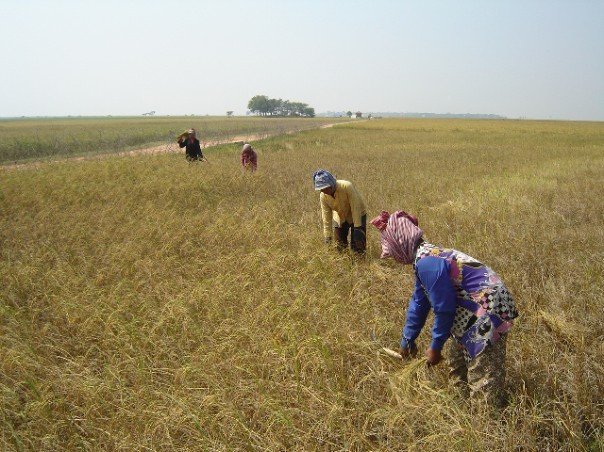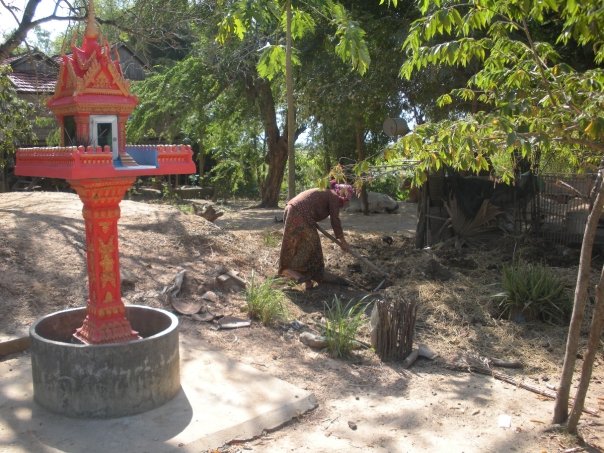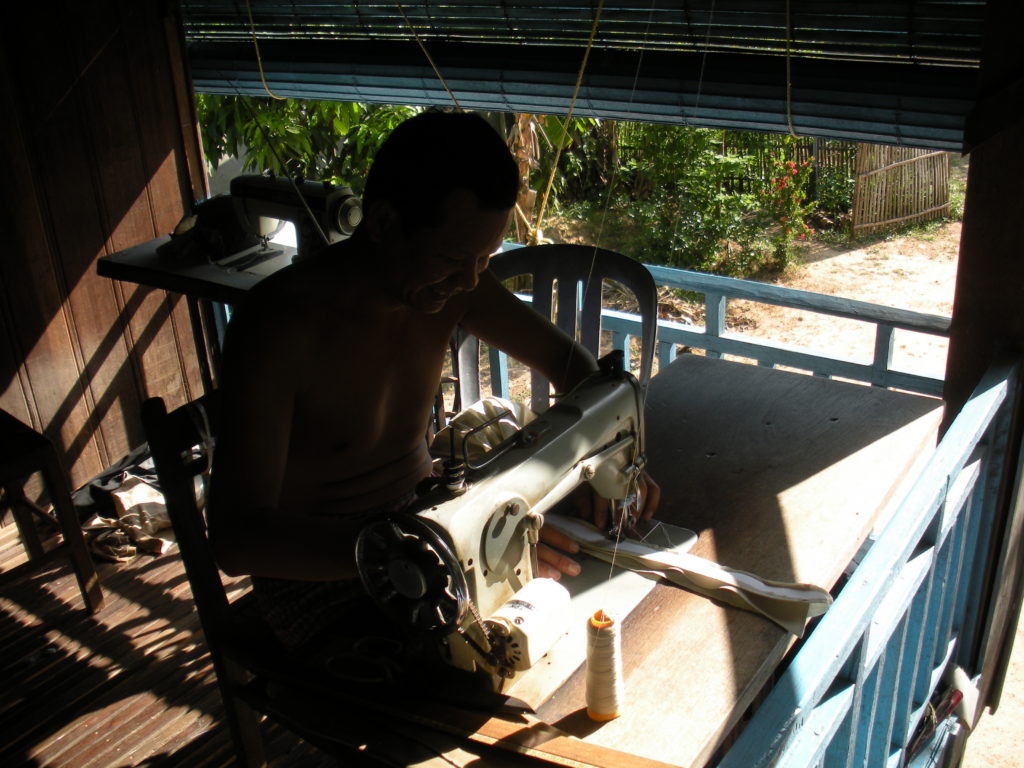In 2009, there was a two week drought during the rainy season that resulted in 5,000 hectares of rice being lost in Prey Veng province. This year, Cambodia is just coming out of a prolonged drought that had the Prime Minister call on farmers to plant rice only once in the dry season.
Prime Minister Hun Sen yesterday called on local authorities to advise farmers to cultivate dry-season rice once due to the dry spell and water shortage this year.
Speaking to thousands of workers at Chengdu Bayi Trade Center in Kandal province’s Ang Snuol district, Mr Hun Sen said that according to the Ministry of Water Resources and Meteorology, Cambodia will face drought and water shortage this year.
“I want to appeal to all authorities to advise all people not to do dry-season rice farming several times. Please do farming only one time this year because we do not have enough water,” he said.
Khmer Times, Provinces hit by drought, PM advises farmers on growing rice
As the climate crisis accelerates it is the poorest members of society who suffer the most. Many poor families in Cambodia already live “rork see” (literally translated as ‘searching for each meal like an animal’). Missing a rice harvest can force these families over the edge into extreme debt and/or high-risk situations. During my first term in Cambodia, I was told many stories by villagers about how a lost rice harvest directly led to human trafficking, domestic abuse, substance abuse, and/or suicide. Although the situation has improved dramatically over the last decade, Cambodia remains one of the poorest countries in the world with massive wealth inequality and the majority of the population reliant on subsistence farming.

In 2006, Prey P’nov was identified as one of the poorest districts in Cambodia.
Avenues for Hope
Food Security: For decades, Mennonite Central Committee partners like Organization To Develop Our Villages (Current) and the Prey Veng Irrigation Office (Former) have been doing grassroots community organizing on food security. This includes training on crop diversification, composting, soil health, water conservation, and organic farming. Many of these methods offer multiple benefits – for instance, crop diversification improves nutrition, provides another source of income, and builds up the soil while providing food security.

A MCC partner provided food security training to her village over several years.
System of Rice Intensification: On the other side of the Việt Nam border with Prey Veng province, An Giang University has been promoting a low water rice farming method called SRI for well over a decade (using information technology to get this methodology out to rural farmers was part of the Bluffton/An Giang partnership in the early 2000s). The Cambodian Ministry of Agriculture, Oxfam, CEDAC, and other NGOs have been promoting SRI in Cambodia. Adoption of SRI in Cambodia was initially slow but is beginning to increase exponentially.
Income Security: For decades, Mennonite Central Committee partners like Rajana Association of Cambodia (buy their handicrafts from Ten Thousand Villages), Organization To Develop Our Villages, and Rehab Craft Cambodia (buy their handicrafts from Ten Thousand Villages) have been providing rural villagers with technical training to help diversify their income streams. This gives the poor a source of income to fall back on if a harvest is bad.
